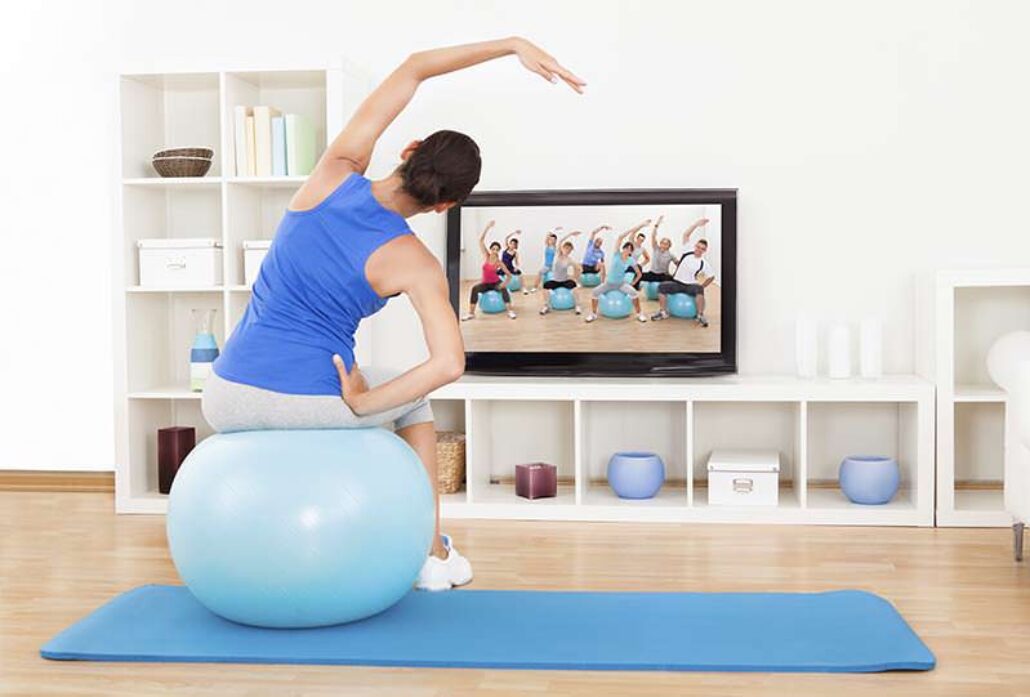Cold temperatures can aggravate arthritic joints and tempt you to ride out winter in sedentary hibernation. Don’t do it! We explain why it is important to stay active, with tips to keep you moving no matter how frosty the weather gets.
It’s no fun to have arthritis when the weather gets cold. Although there’s not a lot of scientific evidence to explain why arthritic joints feel more painful in frigid weather, plenty of patients report that cold weather affects arthritis and seems to trigger joint pain.
Hibernating poses a risk for joints
We do know that when people hibernate more and move less during the winter, their joints pay a price. When arthritis joints remain in the same position for too long, they become stiff. The less you move, the stiffer you become. Also, when your activity level goes down—and especially if your consumption of comforting winter dishes goes up, you are more prone to gain weight. Extra weight puts more stress on arthritic joints.
Boost those endorphins
Staying active through the winter has some positive benefits for your mental outlook as well as your joints. When you push aside your cozy throw and make the extra effort to exercise, your body releases mood-lifting endorphins—which also have a pain-blocking effect.
Cold weather tips to fight arthritis
Here are a few ways you can keep your activity level up when the temperatures drop:
- Set up a gym in your home. Whether you invest in a stationary bike or a treadmill, or simply pick up some resistance bands, small weights, or a balance ball, working out in the comfort of your home is convenient and easier than traveling to the gym—especially when the weather turns icy.
- Join a class. Are you drawn to yoga, Pilates, or dance classes? The routine of scheduled exercise is great motivation to move. Classes are also a wonderful way to combat cabin fever and enjoy friendly socializing with others who share your commitment to fitness.
- Take advantage of winter’s wonderland. If you are fit enough for outdoor activity, bundle up and enjoy winter’s snowy beauty while snowshoeing, walking, or cross-country skiing. Be sure to warm up your muscles before you leave home with a few minutes of stretches or walking—and stay hydrated.
Talk with your doctor before beginning any exercise program to make sure your workout is safe for your arthritis and any other health conditions you have. Any or all of these activities can help you take care of your joints and keep you in the habit of exercise even when cold weather affects arthritis. Spring will be here before you know it!
When to seek treatment for your arthritis
Arthritis doesn’t have to spell the end of an active life. If you are experiencing worrisome symptoms or persistent pain, the renowned arthritis specialists at Summit Orthopedics can help. We work with you to confirm a diagnosis and develop an appropriate conservative treatment plan. If nonsurgical treatments fail to support your lifestyle goals, fellowship-trained orthopedic surgeons will consult with you and discuss appropriate surgical options. Summit is home to innovative joint replacement options. Our Vadnais Heights Surgery Center is one of only two surgery centers nationally to receive The Joint Commission’s Advanced Certification for Total Hip and Total Knee Replacement.
Start your journey to healthier joints. Find your arthritis expert, request an appointment online, or call us at (651) 968–5201 to schedule a consultation.
Summit has convenient locations across the Minneapolis-St. Paul metro area, serving Minnesota and western Wisconsin. We have state-of-the-art centers for comprehensive orthopedic care in Eagan, MN, Plymouth, MN, Vadnais Heights, MN, and Woodbury, MN, as well as additional community clinics throughout the metro and southern Minnesota.
More resources for you
- Winter Hazards For Hands
- What Factors Make Arthritis Worse?
- Non-Surgical Treatments For Osteoarthritic Knees
- Ask Dr. Breien: How Is A Failed Knee Implant Treated?
